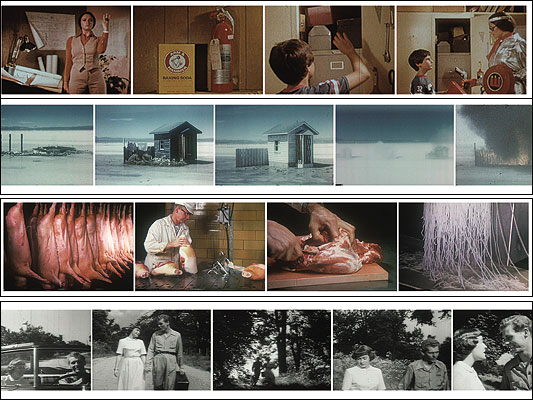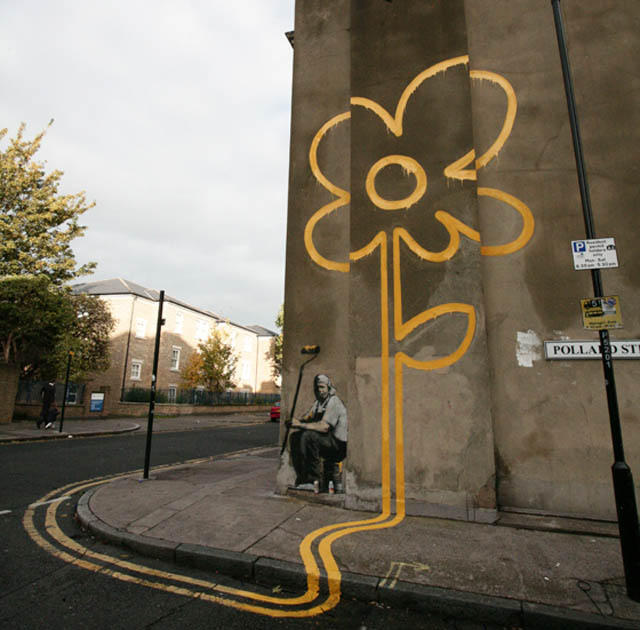As part of our radio show we will have a biography/history about Banksy, this is what I have come up with within the context of the programme!
[Jingle&intro]
[Bio]
The first question we need to answer is: who is Banksy? Well, officially no one knows though there are rumours his real name is Robin Gunningham, though as with any guesses about his identity, Banksy denies all often replying with “I am unable to comment on who may or may not be Banksy, but anyone described as being 'good at drawing' doesn't sound like Banksy to me.”
What we do know is he is a graffiti artist originally from Bristol born in mid 1970's, who began by doing free hand work within the underground Bristol scene in the early 1990’s. In the late 90’s Banksy developed his renowned stencil work which got his work more noticed in both Bristol and London.
Though his artwork can now be found all over the world, it was not until October 2008 that Banksy had his first official public exhibition. Held in New York it opened on October 5th and was called “Village Pet Store And Charcoal Grill”. With only 8,500 visitors it is safe to say his more recent exhibition in Bristol was far more successful reaching that amount of visitors in the opening weekend and over 300000 over the 13 weeks the work was displayed.
Though Banksy is a non-profit artist, his pieces have sold for up to £290000 at auction to art fans and celeb fans including Christina Aguliera, Angelina Jolie, Jude Law and Keanu Reeves.
For an artist with such a high profile he is no stranger to controversy. Westminster City Council deemed his work graffiti and their policy is to remove any graffiti regardless of creator or their reputation. So in April 2009 his piece “One Nation Under CCTV” was painted over just a year after it was painted. The political undertone of his work is also often seen as unsavoury, however on more than one occassion the public have given overwhelming supporting to keeping his work up in their area.
But what we really want to find out now is what does Banksy mean to you?
[Vox pops]
[Concluding minute]

























